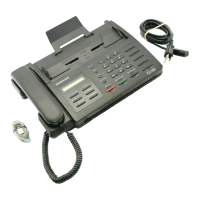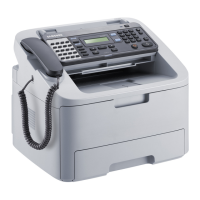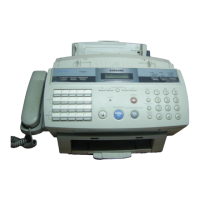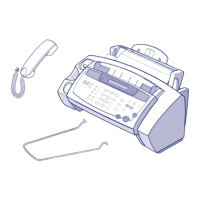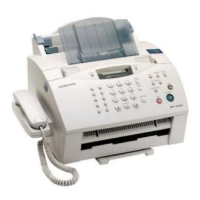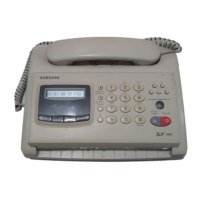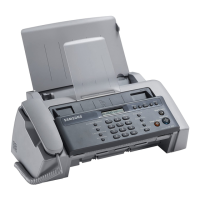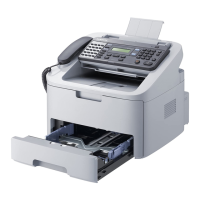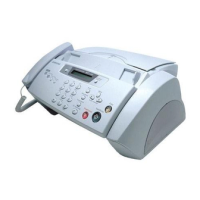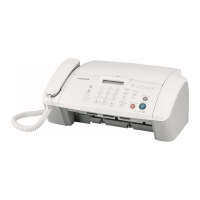What to do if Automatic Document Feeder does not work properly on Samsung FX 505?
- AAdam PatelAug 12, 2025
If the Automatic Document Feeder on your Samsung Fax Machine isn't working correctly, ensure the document tray is properly installed. If the ADF rubber is dirty, clean it. If the problem persists, consider replacing the ADF.
